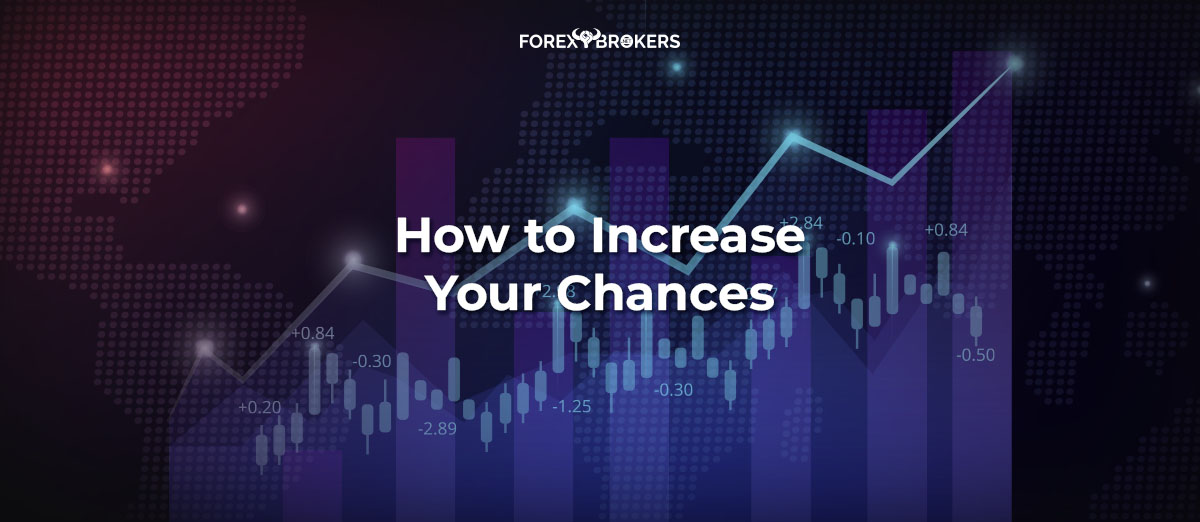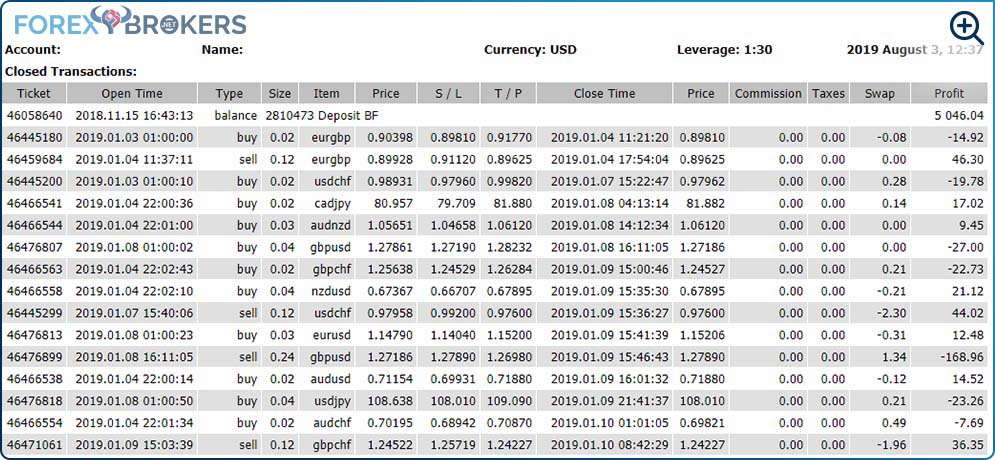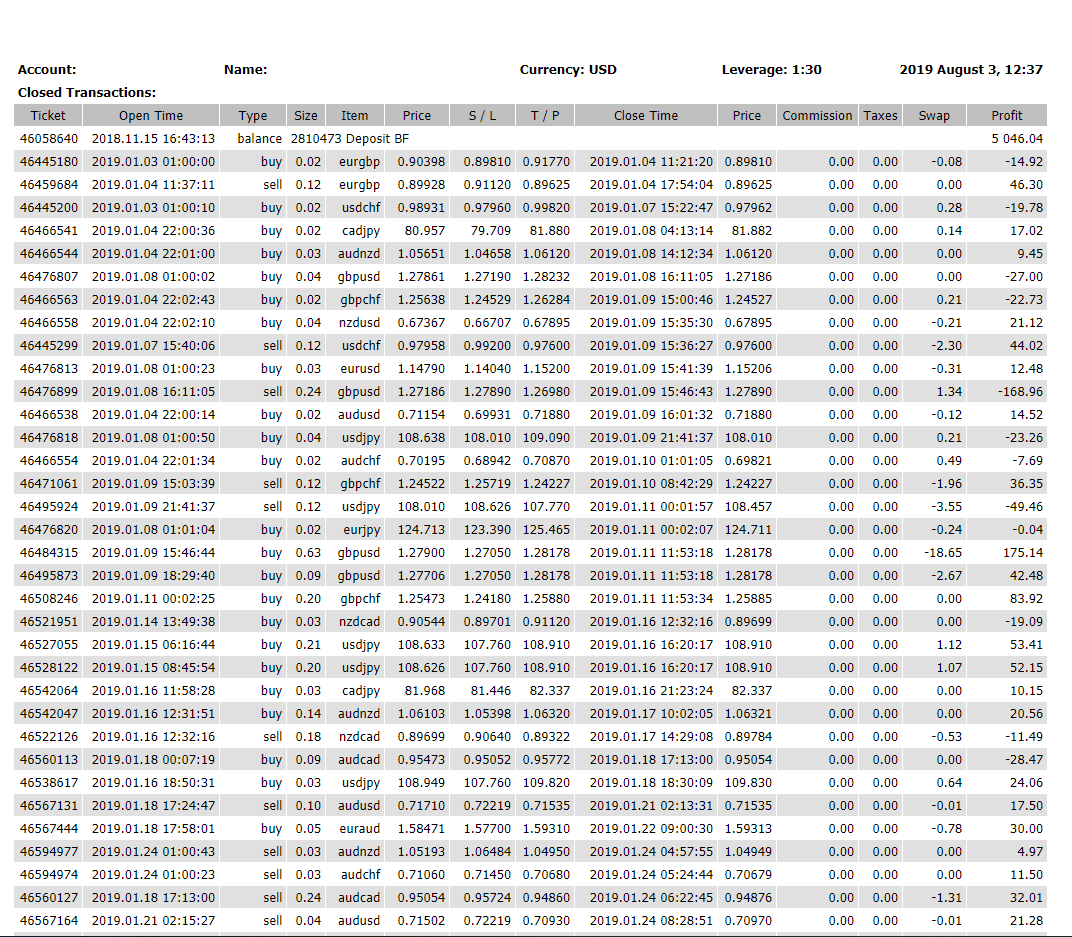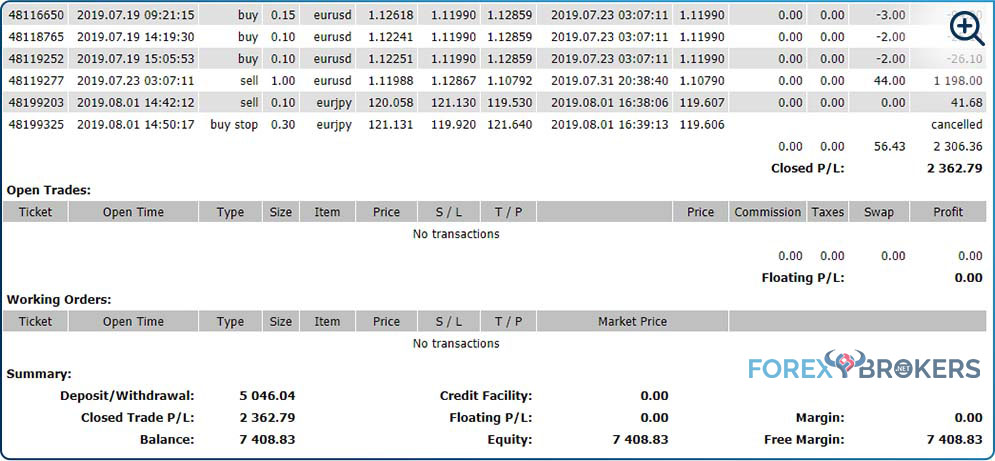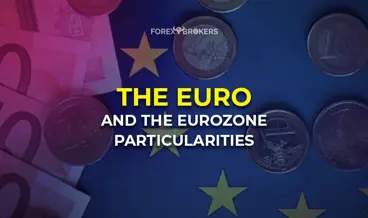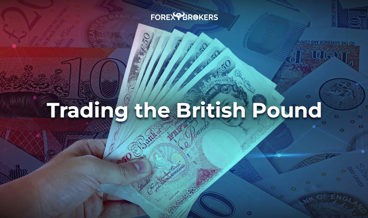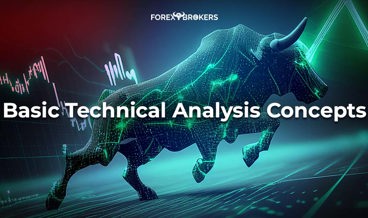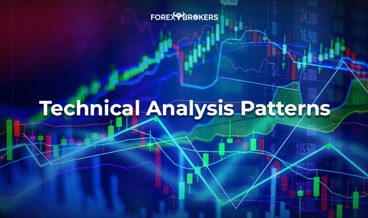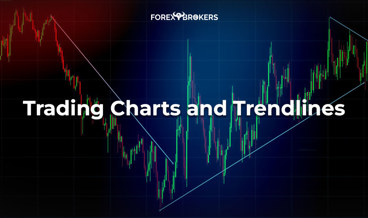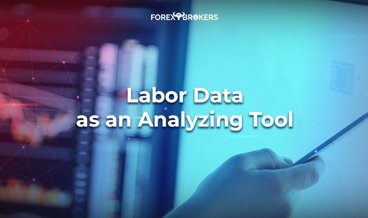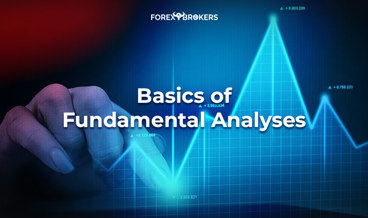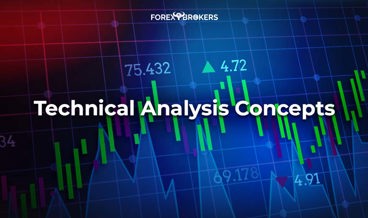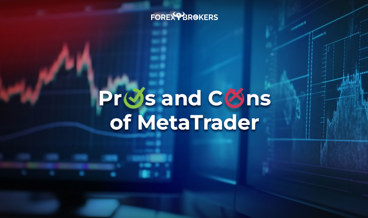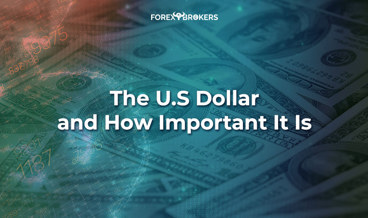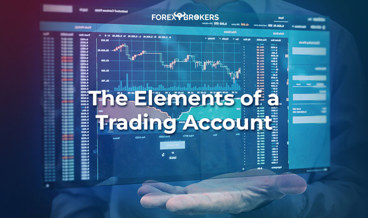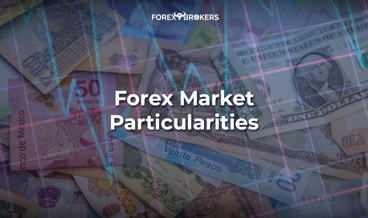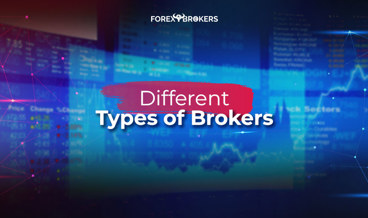The ultimate goal when trading is to increase your chances of making a profit. This is what drives traders to the market, and despite the risks, people still try to beat it.
Financial regulators forced brokers around the world to display a warning to all traders. Put it simply, your money is at risk when trading the currency market.
Moreover, statistics won’t help either. It is well-known that over 90 percent of retail traders lose their first deposit in the first six months of trading, yet people still come to the market, trying to make additional money.
Most of them fail, that’s the reality. But some make it. Not only that they make it, but they make it big-time. In this article, we’ll have a look at how to make a profit in the markets. Because brokers now give access to many other markets than currencies, a forex trader diversifies investments in various areas. Thus, we should consider all the markets available to trade from an FX broker’s account when referring to the currency market.
You’re about to find out during this article that the net profit matters and not the outcome of a trade. Besides the actual outcome, other things influence the bottom line. Swaps, commissions, and—why not—taxes represent expenses associated with a trading account. Depending on where the fiscal residency is, taxes vary drastically and represent a big chunk of the costs to pay.
But retail traders don’t think of taxes or don’t talk about taxes when asked about the profit made in the market. Do you know why? Because most of them don’t actually make a profit; they don’t reach the point where they need to pay those taxes.
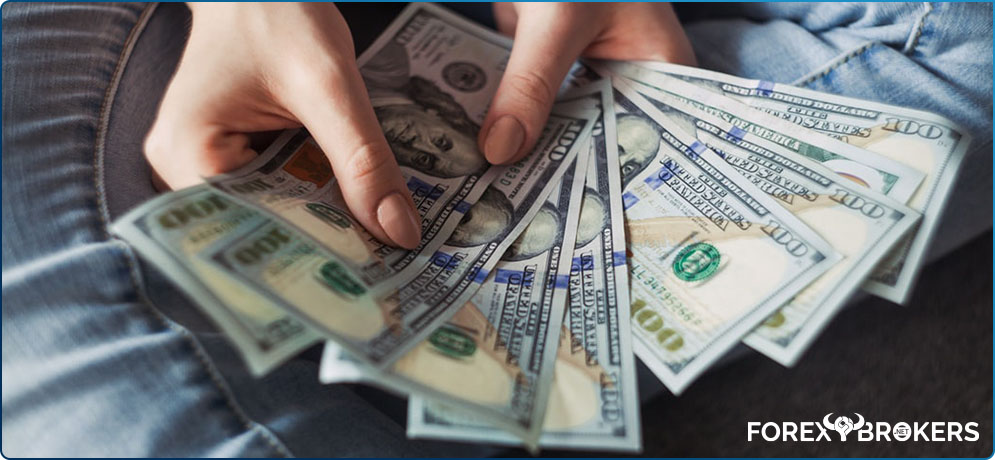
Defining a Profitable Trade
In this article, we’ll have a look at a real trading account and interpret the activity for the first seven months of 2019. The idea is to understand how to calculate the net profit for the trading activity.
Also, we’ll have a look at the implications of consistent profitability for the overall trading account. Finally, we’ll look at what consistent profitability means for different people by providing examples of successful traders well-known in the financial industry.
One of the reasons for including this article in the trading academy is that people have unrealistic return expectations. It comes from human nature, and the money management industry suffers.
For instance, a money manager who saves money for their clients during a financial crash is not appreciated as much as one who makes money consistently. In the end, the financial adviser did a great job preserving wealth. But there’s a huge difference between wealth preservation and wealth creation, which is where this article goes.
The simple definition of a profitable trade tells us that it positively impacts the balance of the account. A trader has two choices in the currency market and most other markets, either long or short.
A profitable long trade always has a closing price bigger than the entry one. The difference between the closing price (bigger) and the entry price (smaller) represents the profit. For a short trade to end in profit, the closing price must be smaller than the entry one.

Squaring a Position
When closing a trade, it is said that the trader squares the position. Squaring a position means closing it by trading in the opposite direction.
For instance, let’s assume you’re short the EURUSD one lot. When selling occurred, you effectively sold from the bid price. To close it, the position must be squared. Because squaring occurs from the opposite price, the trader can only use the bid price. In other words, to square a one lot short EURUSD, the trader must buy one lot EURUSD from the ask price.
The net effect on the market is like going long as buying occurs. Therefore, the FX market reaches extreme volatility levels when certain conditions appear. For instance, a market may rise on profit taking.
It doesn’t mean that buyers step in and open new positions. There’s no interest in going long. It merely means that the shorts or the bears mark the profit by squaring the short positions. To do that, they go long, and that causes a spike in a bearish trend or a so-called pullback.
The concept of squaring a position is fundamental in trading. In a world obsessed with identifying smart money and what institutional investors do, it is crucial to distinguish between profit-taking and new positioning.
Flows to Avoid in Forex Trading
Sometimes the market shows an unusual activity. Obviously, that’s related to the institutional investors’ activity responsible for directional market flows.
Most institutional investors aren’t allowed to keep positions open over the weekend. The explanation comes from the uncertainty of it as no one knows what can happen over the weekend and how the markets will open next Monday.
To avoid the unpleasant situation of a market gap, it is safer to close all trades ahead of the weekend. Many retail traders follow the same rule because the broker can’t execute a stop-loss order in the eventuality of a market gap at the opening.
Because of that, trading on the last day of the week sees unusual price action. Remember that because of squaring, one can’t tell if bullish price action results from new buyers or is a reaction of sellers closing their shorts, thus squaring the short position by buying from the ask price.
One can’t tell if bearish price action on a Friday afternoon belongs to longs squaring their positions and pushing the market lower. It may as well be that new sellers step in with a broader horizon for their investment.
That’s especially true during the first Friday of each month when the NFP (nonfarm payrolls) in the United States is due. With volatility rising into the close of the trading week, it is easy to “lose your head” and make costly mistakes.
Directional flows, therefore, are responsible for unusual market swings, enough to create confusion in every retail traders’ strategy. The profitability of the trading account suffers if traders do not understand such flows. Moreover, closing the positions ahead of the weekend and opening them again next Monday might be safer but more expensive, as costs related to commissions and possible negative swaps do exist.
- Fixing
Fixings influence price action. They have a massive influence, we might say, as volatility increases on various fixing times. A profitable trading strategy, therefore, should account for fixing times during the day, week, and even month.
Such fixing times appear when positions clear between trading sessions. Also, the options market plays an important role because the expiration date of many options comes at these “fixing times”.
The most important fixing time during the trading day is 17:00 CET. During this time, both London and New York sessions are open, many options expire, and plenty of trades settle.
It makes the last five minutes of the hourly candle extremely active. Sometimes, the decisive price action for the entire day belongs to these five minutes ahead of the primary fix.
From this moment on, calculate four hours ahead and before the main fix. You’ll find the other five fixing times throughout a trading day.
Because London is the world's largest financial center, it is no surprise that London fixings have a bigger impact on the price action than New York or Asian ones.
Returning to the main fixing of the day, it increases in importance on Fridays. Called the weekly fix, the 17:00 CET fix is responsible for large market swings that increase volatility and widen the spreads.
Furthermore, the monthly fix (i.e., the daily fix from the last day of the month) has an even bigger impact on prices and, as such, influences the profitability of the trading account.
- Witching
A concept relatively unknown to retail traders, witching moves the currency market too. Because the financial markets are interconnected, witching affects all markets, including the currency one.
Quadruple witching refers to four different markets expiring at the same time:
- Stock market index futures
- Stock index options
- Stock options
- Single stock futures
Quadruple witching appears on the third Friday of March, June, September, and December of every year. For the entire day, the price action is wild, increasing in volatility when the main fix of the day comes.
Preparing for a Trade: Decide the Best Available Option
In a previous article part of this academy - Forex Market Particularities, we’ve briefly covered the costs associated with trading. Here’s a quick review of adjacent costs that influence trading results:
- Spreads
- Difference between the bid and ask price – the smaller, the better for the trader
- Commissions
- A fee the broker charges for every trade, regardless of its outcome (profit or loss)
- Deposit/withdrawal fees
- Fees incurred when funding the account or withdrawing money vary from broker to broker and depend on the method used (wire, PayPal, credit card, etc.)
- Exchange rates
- Brokers offer the possibility of opening a trading account in various currencies. If the trader lives in the Eurozone but opens a USD account, changing the money from EUR to USD comes with a cost
- Swaps
- Interest rate differential paid on some currency pairs for keeping them open overnight
- Taxes
- Taxes to pay for the income generated by the trading activity
All the above are costs the trader must pay. For whatever reason, retail traders focus on all of them except taxes. As you probably guessed by now, taxes are the most critical cost and, in some cases, are more significant than all the other costs combined.
The next thing to consider is the trade. We have plenty of other opportunities to discuss the trading strategies and theories that generate entries in future articles. For now, let’s just consider that the trader already knows what to buy or sell.
At this point, it is vital to consider all cost components and try to minimize them. By doing that, the net profit increases.
Plan Your Trade, Trade Your Plan
Trading financial markets has bigger chances to be profitable with careful planning. But planning without proper execution doesn’t bring you anywhere.

Some traders do their homework and analysis over the weekend. They look at the bigger time frames, interpret technical and fundamental aspects, look at the economic calendar for the week ahead, and plan all the aspects for the upcoming week.
But for most traders, it isn’t enough to make a profit. Monday comes, and by the time the markets open, the new reality sets in.
As is often the case, the trading plan is subject to many challenges. Moreover, the currency market moves very fast, affecting the initial plan.
For instance, slippage is another adjacent cost to trading we didn’t mention previously. It happens when the market moves very fast, and the broker can’t execute the trade at the desired level.
It affects the profitability of a trading account, especially for scalpers. Such traders are in the market for small moves, typically a few pips. When slippage appears, even one pip difference affects the profitability because the trader didn’t account for it when backtesting.
On paper, or when the markets are closed, it is easy to account for the market going against you. But in a real trading environment, often the market goes against you—and fast.
Traders lose their nerves and cut the losses even though the trading plan was different. There’s another saying that perfectly illustrates this. It states that all traders want to buy a dip, but when the dip comes, most of them are too afraid to do that. Simply put, they don’t follow the plan anymore, and that affects the bottom line of every trading strategy.
Consistent Profitability
For a trader, the goal is not to make a profit but to be consistently profitable. Setting daily, weekly, or monthly goals won’t help. The market simply may not move.
The secret to consistent profitability in Forex is to master the trading strategy and its execution. On top of that, discipline helps to avoid mistakes.
The two images above show the performance of a real trading account for the first seven months of 2019. Because the detailed statement is too long, we’ve shown only the first and the last page. The name on the trading account and the broker’s name were deleted for privacy reasons.
We see that the trader deposited funds in November 2018, a little over $5000, in a 1:30 leverage USD account.
However, trading only began in January 2019. What does this tell us? It says a strategy was in place, and the trader waited for the new year to start trading. The trader already has a competitive advantage, showing patience and discipline, vital to consistent profitability.
The profit column shows $2362.79 at the end of seven months of active trading. A close look reveals that the amount represents the sum between the Swap column, $56.43, and the actual profit from all trades, $2306.36.
By looking at the trades, another thing strikes the eye. Both losing and winning trades exist. That’s real trading and realistic expectations.
Consistent profitability doesn’t mean that all trades must end with a profit. Instead, it means that the sum of all trades should be positive.
In this case, the sum of all trades, winning and losing ones, is positive. It shows a gain for the period of over 46 percent, good enough to beat all standards.
Interpreting Profitability
Some profitability elements are crucial. First, to generate a profit, the trading strategy usually has the largest profit trade bigger than the largest loss trade. Ideally, the average profit trade should also exceed the average losing trade.
The drawdown is also essential and should not exceed 30 percent of the funds to trade. However, profitable trading strategies exist with temporary drawdowns that exceed that level. In our case, the trader suffered a 26 percent drawdown once during the seven months of trading analyzed.
Second, we see no directional bias. Out of the 258 trades taken in seven months, we see both short and long positions.
Third, the number of trades may seem big at first glance. However, if we consider roughly twenty trading days in the month and multiply them by seven months, we get 140 trading days. It means the trader took on average less than two trades a day, which again shows discipline and proper execution.
One of the reasons why retail traders don’t make a profit is human nature. Just because the markets are open, it doesn’t mean you should open a trade.
When trading financial markets, there’s a saying that goes like this: “Having no position is a position.” It means that deciding to remain flat (i.e., no open trade) is similar to having a position open. It comes at the end of sound analysis and sometimes represents the best trading decision.
For instance, imagine you want to buy the USDJPY pair at 110. However, for whatever reason, you don’t do that. The price goes to 110 and then collapses to 109 in less than five minutes.
By remaining flat, you’ve literally saved the trading account from a big figure drop. Thus, having no position sometimes is better than having a position.
The Bottom Line
So far, so good in interpreting the profitability of a trading account. But the $2362.79 is not the real profit. Instead, it is just the profit generated by the trading strategy. Now comes the fun part: taxes.
Like any profitable activity, trading is taxed around the world. The rules and regulations when taxing trading activity differ from country to country. We’ll look at regulations from a general point of view and a country-specific one.
Generally speaking, a trader, like any other person, submits their income statement somewhere in the first half of the year for the previous year’s activity. In other words, if we take the trading account presented earlier, somewhere in May 2020, the trader must declare the profit from trading together with other sources of income (day job, interest, rent, etc.). In most countries, the trader pays gradually, depending on the taxable amount.
Therefore, before withdrawing the profit from the trading account and spending it, consider putting aside the amount needed for paying taxes, typically around 20 percent or more. So if you trade as a hobby, buying and selling here and there in your spare time, the income from trading must appear on your annual declaration.
Another option is to trade for a living, organized as a business. In this case, you can pay taxes on the income generated from the trading activity either at the end of each month or at the end of a trimester, depending on how the business is organized. Moreover, in some cases, VAT applies too, and that’s another twentysomething percentage in most European countries.
Trading in the United Kingdom
More or less, think of paying around 40 percent taxes and VAT if you trade for a living, organized as a business. It may seem a lot, but the good part is that you can deduct losses against expenses.
In the United Kingdom, things differ a bit. Most forex traders use brokers who offer spread betting, which is considered tax-free. As always, the truth sits somewhere in the middle.
The thing is that spread betting in the United Kingdom (which is NOT forex trading, by the way) is indeed tax-free. However, that rule applies only when income from trading is not the only source of living. If it is, all profits are taxable. However, if you have a day job and use spread betting as a hobby, no taxes are paid whatsoever in your spare time.
You may wonder why we discuss spread betting when treating the profit taxation from forex trading. The answer is that in the United Kingdom, to avoid paying taxes, people prefer spread betting on currency pairs. In other words, it looks incredibly similar to trading the actual forex market, with most people not even realizing the differences between a spread betting account and a forex trading one.
Coming back to forex trading, if you use a regulated ECN (electronic communication network), you’re subject to stamp duty, capital gain tax, and other charges that may apply to what you make.
We only used the United Kingdom’s example to illustrate that each country or region has its own particularities. Trading in Canada, Australia, the United States, Japan, or India is taxed differently. Traders must know how much the taxes are to interpret the profitability of a trading account correctly.
Examples of Successful Traders
By now, you’re probably down a bit, knowing that about 40 percent of the possible profit goes to taxes if you trade for a living. But that’s no different than any other business, so the playing field is leveled.
The problem comes from the success rate. To make it in this business, the trader faces unusual challenges from all parts of the world. Macro and microeconomic decisions influence the currency market daily, sending the value of a currency pair higher or lower on nothing.
But as the trading account displayed here shows, consistent profitability is possible. Successful traders do exist, and in the twenty-first century, they’re not only currency traders but also investors in everything that moves in financial markets.
In this part of the article, we’ll list some of the most successful traders and investors of all times. Some of them have an impressive winning streak that is challenging to imagine. But they do exist.
Most of the traders that trade for a living are unknown. To succeed in currency trading is more like a niche, something you want to keep for yourself and treasure, not brag about it.
As a metric, we’ll use CAGR (compound annual growth rate) or the rate of return required for an investment to grow if the profit were reinvested throughout the life span of the investment.
Richard Dennis
Going by the nickname of “Prince of the Pit,” Richard Dennis’s track record is impressive, to say the least: 120 percent CAGR for nineteen years in a row. He’s famous for teaching a bunch of traders called turtles, one of his trading methods. He trained this group of people to show that anyone with little training can trade financial markets successfully.
He proved his point, as five years after the training was completed, the turtles generated a reported 175 million dollars, becoming one of the most successful groups of traders ever.
Michael Marcus
Still, with 120 percent CAGR spread over ten years, Michael Marcus is one of the iconic traders in the United States. It is said that in twenty years, Michael turned a $30000 account into $80 million. He’s also known for training other traders who become famous in the meantime, like Bruce Kovner.
Stanley Druckenmiller
With a 37 percent CAGR in twelve years, Stanley is an iconic figure in the American investment industry. In 2008, he reportedly made a profit of about $260 million; before that, he managed money for the famous George Soros.
What Do Successful Traders Have in Common?
The names listed here are meant to illustrate successful trading does exist. All three names presented above started trading way before the currency market as we know it today existed.
It may be that before, it was easier to make a profit using simple trending techniques as no algorithmic trading existed. However, they adapted to the new industry challenges and all trade for a living to this day.
We think of currency trading nowadays as something anyone can do from the privacy of their home. That is correct, but it wasn’t always like that.
These traders speculated on the currency market way before online trading existed, mostly investing in the future value of a currency based on interpreting macroeconomic and geopolitical events (e.g., the fall of the Berlin Wall).
I’m trying to say that trading conditions changed, but the markets are still there. It may be that information travels faster, and robots dominate the industry now. Moreover, artificial intelligence (AI) is transforming the industry even more.
Yet successful trading does exist, as shown by the trading account featured in this article. Don’t look at numbers, but at percentages. Forty-five percent in six months is enough to be listed among the world’s successful traders. But there’s a catch—it only matters if consistent profitability persists. Imagine what 45 percent CAGR for ten years in a row can do for a trading account.
The Pitfalls of a Retail Trader
Now that we know how to define profitable trading and saw some examples, let’s turn to the retail traders again. In such a competitive industry, the pitfalls a retail trader must overcome influence the profitability of the trading account.
To start with, a profitable trading strategy isn’t enough, but it represents the starting point. Because most retail traders use technical analysis rather than fundamental, building a technical trading strategy is the first step to successful trading.
Such a strategy must use proper risk–reward ratios that apply to every trade. The higher the reward when compared with the risk, the better.
An appropriate risk–reward ratio for the currency market is anywhere between 1:2 and 1:3. It means that the reward exceeds the risk by a factor of minimum two and ideally three. It leaves room for the account to grow even when losing trades appear.
And losing trades do appear. The chances are that from the moment a trade is open, the market goes against the desired direction. Therefore, how traders manage the position is key to consistent profitability.
Capital plays a vital role too. If you trade for a living and with a small account like the one presented in this article, that may not be enough.
Bills regularly come at the end of the month, but profits may or may not come regularly. Down months exist, as losing streaks are part of the business. Having funds aside from the trading account for a period (e.g., six months or a couple of years) helps to lift the weight from traders’ shoulders.
Understanding the Value of a Pip
The value of a pip differs from currency pair to currency pair. Thus, the volume to trade differs too. For instance, trading 0.1 lots on the EURUSD pair gives you roughly $1 for every pip.
However, the same volume on the USDCAD has a smaller value. Therefore, one of the key elements to successful profitability is to understand the value of a pip and adjust the entries in such a way that the value of a pip remains constant.
One of the biggest mistakes retail traders do is to trade big on a small account. For instance, on a $1000 account, they open a one lot trade.
That’s suicidal because the smallest market swing is enough to wipe out the trading account. Instead, the volume traded, and implicitly the value of a pip, should adapt to the size of the trading account. But why do traders use such a massive exposure?
One reason comes from the unrealistic expectations they have. Turning a $1000 account into a million dollars is not a reality when trading financial markets. Instead, a step-by-step approach and compounding the profits may lead you there.
The value of a pip is a concept key to money management. One of the most important money management rules says that you should not risk more than 1 or 2 percent of the trading account on any given trade.
It means that the value of a pip must account for the distance until the stop loss so that the risk remains in the desired parameters. Again, the profitability of a trading account depends on the money management rules and discipline when trading.
Conclusion
Making a profit from trading is one thing. Being consistently profitable is another. Making a consistent net profit after taxes is yet another thing.
As you probably guessed by now, all traders should aim for the third category—being consistently profitable after taxes and other adjacent trading costs. If you ask any retail trader how to make a profit from forex trading, the answer sounds like buying low and selling high.
But that’s a shallow answer and doesn’t reflect the reality. Only after deducting other expenses and paying the appropriate taxes we can talk about profits.
It is like running any other business. The cash flows and income statements are important, but the bottom line that shows if the business is profitable or not considers all the related costs.
Now that we’re familiar with how to make a profit from forex, the time has come to have a look at the most popular trading platform in the world. The MetaTrader platform is our next topic in this trading academy, as we plan to unveil all its secrets and reveal its tricks.
